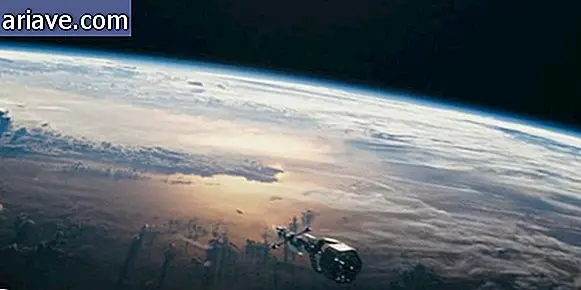Sahara eye delights astronauts and puzzles scientists
In 1965, the Gemini IV space mission spent 4 days in Earth's orbit and aimed to photograph the surface of our planet in search of circular patterns that could represent impacts of objects from space. This is how scientists discovered the Sahara Eye - a 40-kilometer diameter circular structure in the western desert, more precisely in Mauritania.
More than 50 years have passed, and the training still follows a puzzle for researchers. Also called the Richat structure, the Sahara Eye may have been formed over 100 million years ago, according to two Canadian geologists. As the Pangeia megacontinent began to separate due to tectonic plate movements, molten rocks were pushed upward toward the surface.
However, not all of these rocks would actually have surfaced, creating multiple layers, like a large bubble. This movement has also given rise to faults that surround and cross the Sahara Eye. At the center of the formation, the molten rocks also dissolved limestone, which collapsed and created sedimentary rocks.

Was it the lost city of Atlantis?
About 100 million years ago, the Sahara Eye would have appeared violently; that is, such a rock bubble has partially collapsed, and erosion has transformed the structure we see today. Eye rings are made of rocks of different types, eroded at different speeds. The lighter circle near the center is made of volcanic rock, which emerged at the moment of the explosion of the Eye.
The Sahara Eye has become a place beloved by astronauts - the Sahara, they say, is an uninterrupted sea of sand, rather dull. Since the Eye is much more visible from space, those who have the privilege of seeing it do not easily forget. Of course, so many mysteries surrounding its formation give rise to several theories: There are people who think the structure would be the remains of the lost city of Atlantis, which Plato describes as having concentric rings of water and earth. It will be?












